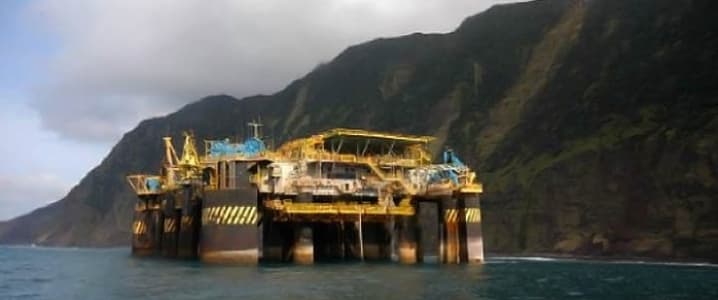The oil price crash has forced oil and gas producers to decommission aging and unprofitable fields across the world. Oil field services companies - which have been badly battered by the low oil prices and lower drilling activity - could find decommissioning of ageing fields a lucrative niche business.
According to a recent Haynes & Boone analysis, bankruptcies in the oil field services sector have boomed from about 20 last September to as much as 100 as of last month. In October alone, eight oilfield service providers filed for Chapter 11 restructuring.
Now, part of the struggling oilfield services firms globally may have a chance to seize business opportunities not in the initial stages of drilling, but in the closure of unprofitable and too mature fields.
The decommissioning business is estimated at US$1 billion annually in Asia alone, Bloomberg says, quoting a new report by Wood Mackenzie.
According to WoodMac’s report ‘Decommissioning Asia-Pacific: 600 fields on the front-line’, more than 600 fields, most of them offshore, could stop production over the next 10 years. The first wave of decommissioning is expected to hit Indonesia, Australia, Malaysia and China, WoodMac reckons.
A number of offshore facilities are operating beyond their designated end-of-project time. In addition, the lack of clear regulation in many countries has postponed the end-of-life activities, Wood Mackenzie said.
The speed of field decommissioning would mostly depend on the responsiveness of the service sector, oil prices, cost management, and environment-protection concerns, the energy consultancy noted in its report.
Even with uncertainties over the pace of decommissioning, this scope of business can be an opportunity for oilfield service companies, analysts commented for Bloomberg. Related: Australia Says Big Oil Failed To Pay Billions In Taxes
“There’s been a lack of the traditional activity for service companies, like drilling and exploration. Maybe this is an opportunity to fill the gaps,” according to Andrew Harwood, Wood Mackenzie’s director for Asia upstream research.
Because most of the ageing fields currently produce little or no oil at all, decommissioning would not tip the global supply-demand fundamentals, Jean-Baptiste Berchoteau, an upstream analyst with Wood Mackenzie in Singapore, told Bloomberg.
If oil prices are in WoodMac’s expected US$50-55 range next year, decommissioning could speed up. However, should oil prices bounce back, companies may delay the closure of some fields in order to squeeze out more oil from them, according to WoodMac experts.
In another report from this month, ‘Decommissioning: the UK's US$66 billion headache’, Wood Mackenzie has estimated that in the UK oil and gas alone (with mature fields in the North Sea), future decommissioning spending from next year onwards would be US$66 billion (53 billion British pounds). The energy consultancy sees spending in the next five years alone totaling US$19 billion (11 billion British pounds). Although there are uncertainties over exactly how much decommissioning would cost, certainties exist, and one of them is the UK’s clear-cut stringent regulations on how to handle the decommissioning business in terms of both technicalities and finances. Related: Where Will The Next Solar Breakthrough Come From?
A report by IHS Markit from November 29 expects the annual global spending on decommissioning of aging offshore oil and gas facilities to surge to US$13 billion by 2040, from around US$2.4 billion last year. IHS Markit sees 600 projects worldwide being decommissioned over the next five years, and another 2,000 projects are expected to follow through 2040.
“The effective decommissioning of offshore platforms, subsea wells, and related assets is one of the most important business challenges facing the oil and gas industry today and in the future,” Bill Redman, senior director of upstream costs and technology commercial strategy at IHS Markit, said in the report.
ADVERTISEMENT
As decommissioning is only expected to grow in the future, oilfield services operators could see a business opportunity in this area to help them out of the ‘survival mode’ they are currently in.
By Tsvetana Paraskova for Oilprice.com
More Top Reads From Oilprice.com:
- The OPEC Deal: Here Are The Details
- Oil Prices Spike As OPEC Reaches Deal On Production Cut
- Bearish EIA Data Can’t Keep Oil From Rallying


















